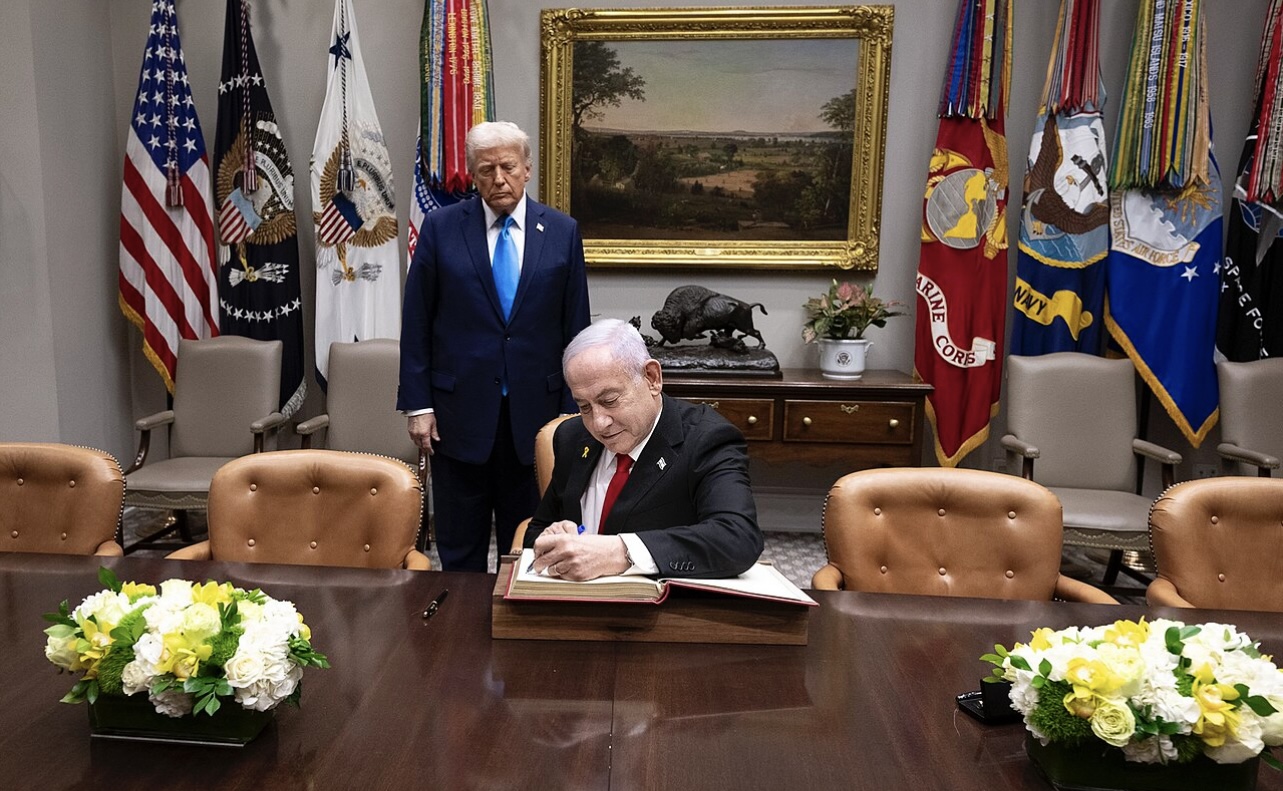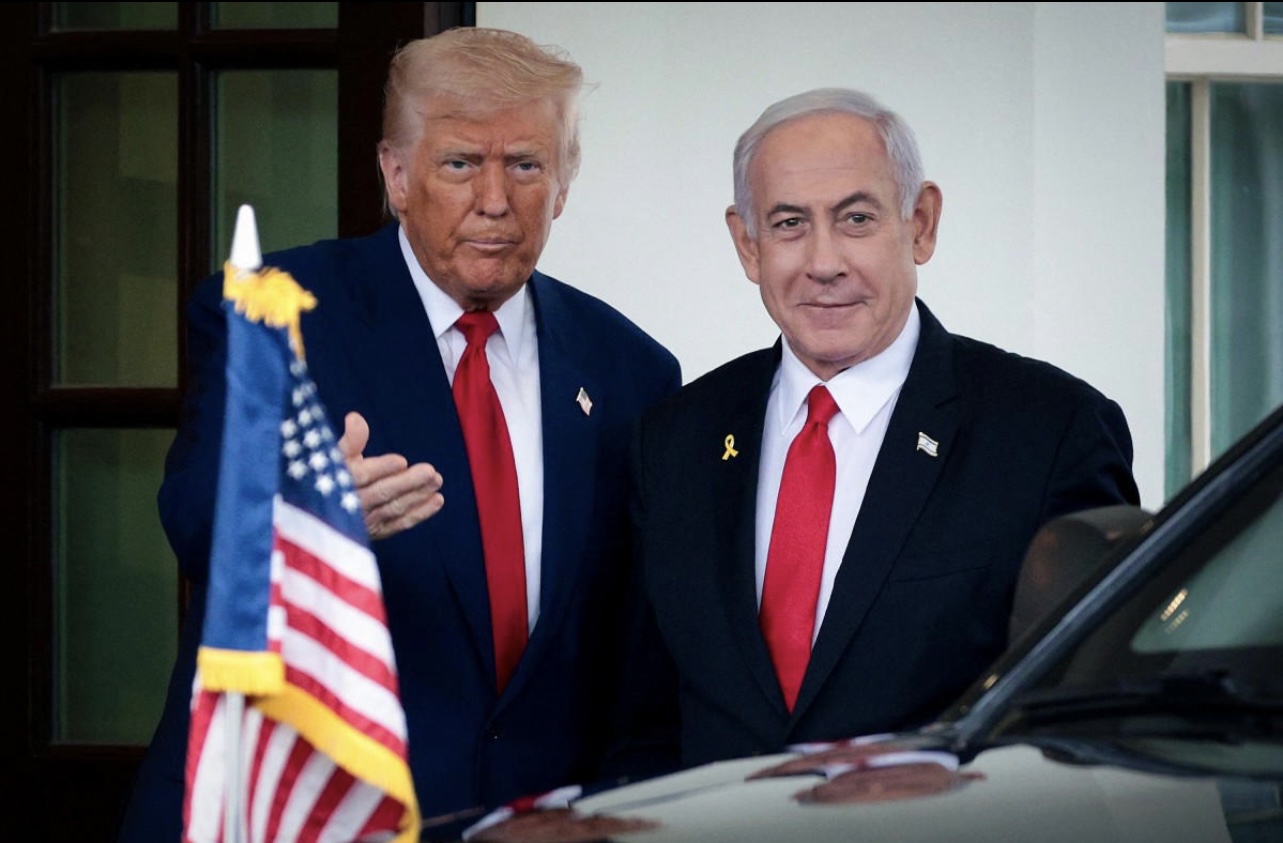U.S. President Donald Trump and Israeli Prime Minister Benjamin Netanyahu on Monday announced they have agreed on a U.S.-sponsored 20-point proposal intended to end the nearly two-year war in Gaza and chart a path to stabilization and reconstruction. The White House document lays out a sequence that includes an immediate ceasefire if both sides agree, the phased withdrawal of Israeli forces, the exchange of hostages for Palestinian prisoners, and measures aimed at demilitarizing Gaza and establishing an international transitional governance structure.
Both leaders used the joint announcement to press Hamas to accept the plan, with Trump saying his administration would give full backing to Israel and Netanyahu warning the group it must comply or risk continued military action. Netanyahu framed Israeli support for the proposal as consistent with his war aims, while Trump described the plan as a historic opportunity for peace comments that accompanied stern language about consequences should Hamas reject the terms.

Hamas had not formally agreed to the proposal at the time of the announcement and is reported to be reviewing the plan; regional and Palestinian officials have expressed skepticism about implementation details and safeguards for Gazans. Observers and some analysts have noted key practical questions remain, including how demilitarization would be verified, who would comprise and legitimize any interim governing body, and whether the plan can be enforced without further bloodshed.
Reactions among international actors and media were mixed: some regional partners and Western leaders welcomed the outline as a possible framework for ending hostilities, while critics warned that the plan’s success hinges on fragile political agreements and buy-in from Gaza’s populace and leadership. Coverage across outlets stresses that, even with Israeli endorsement, the proposal’s viability depends on Hamas’s response and on detailed negotiation and monitoring mechanisms that have yet to be finalized.



